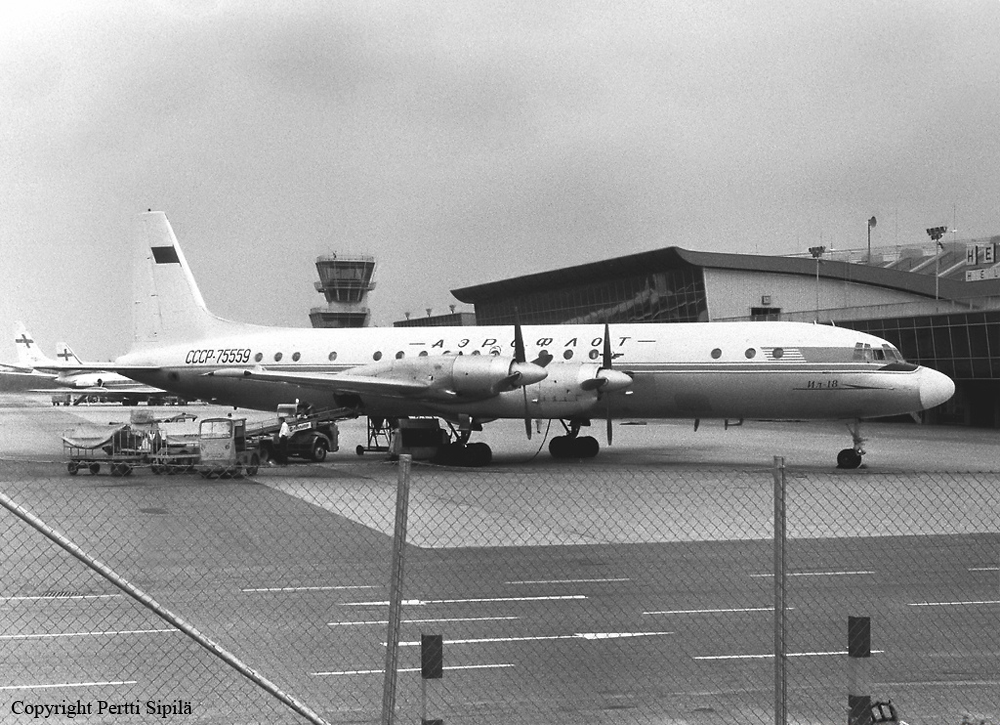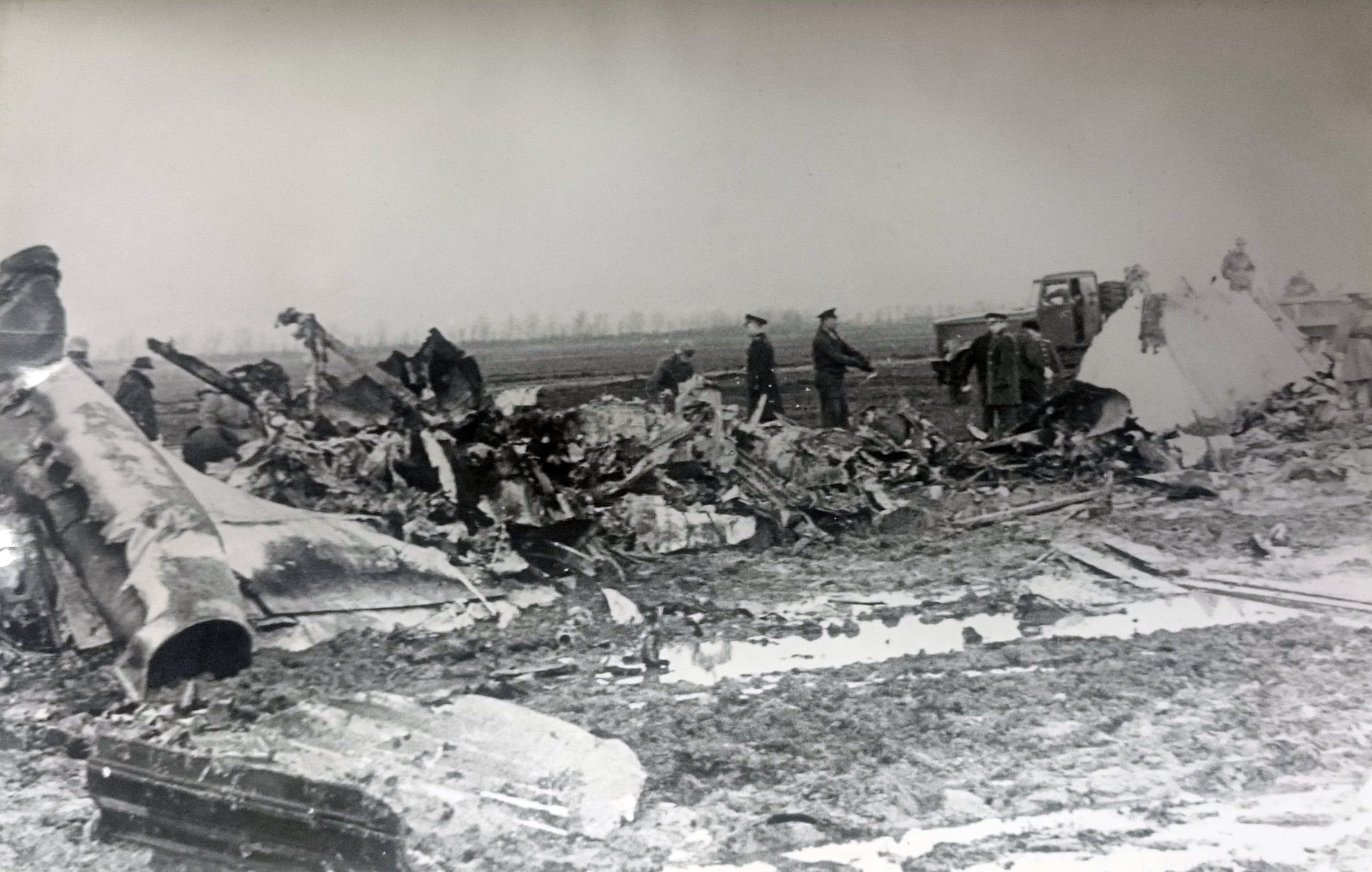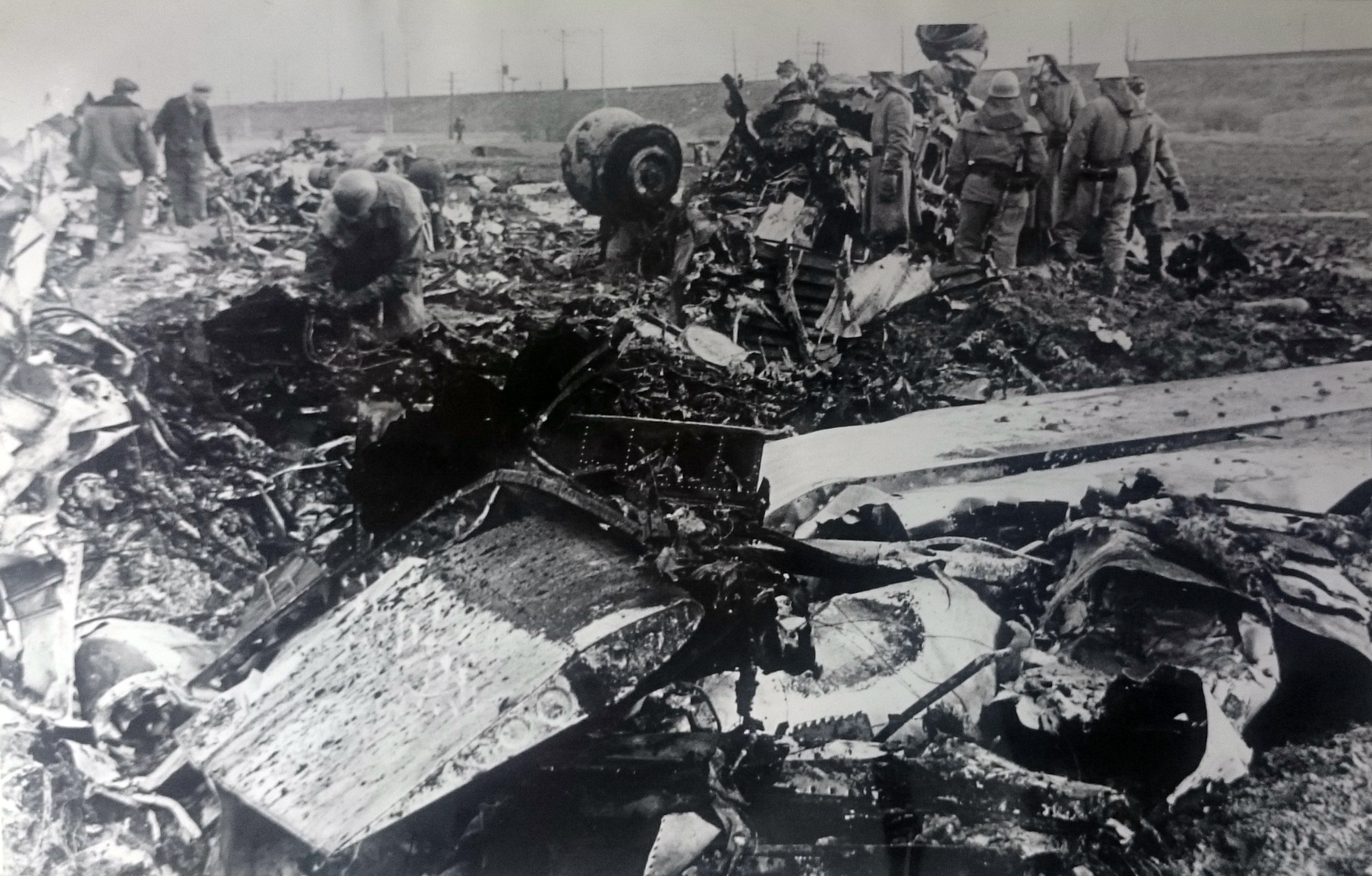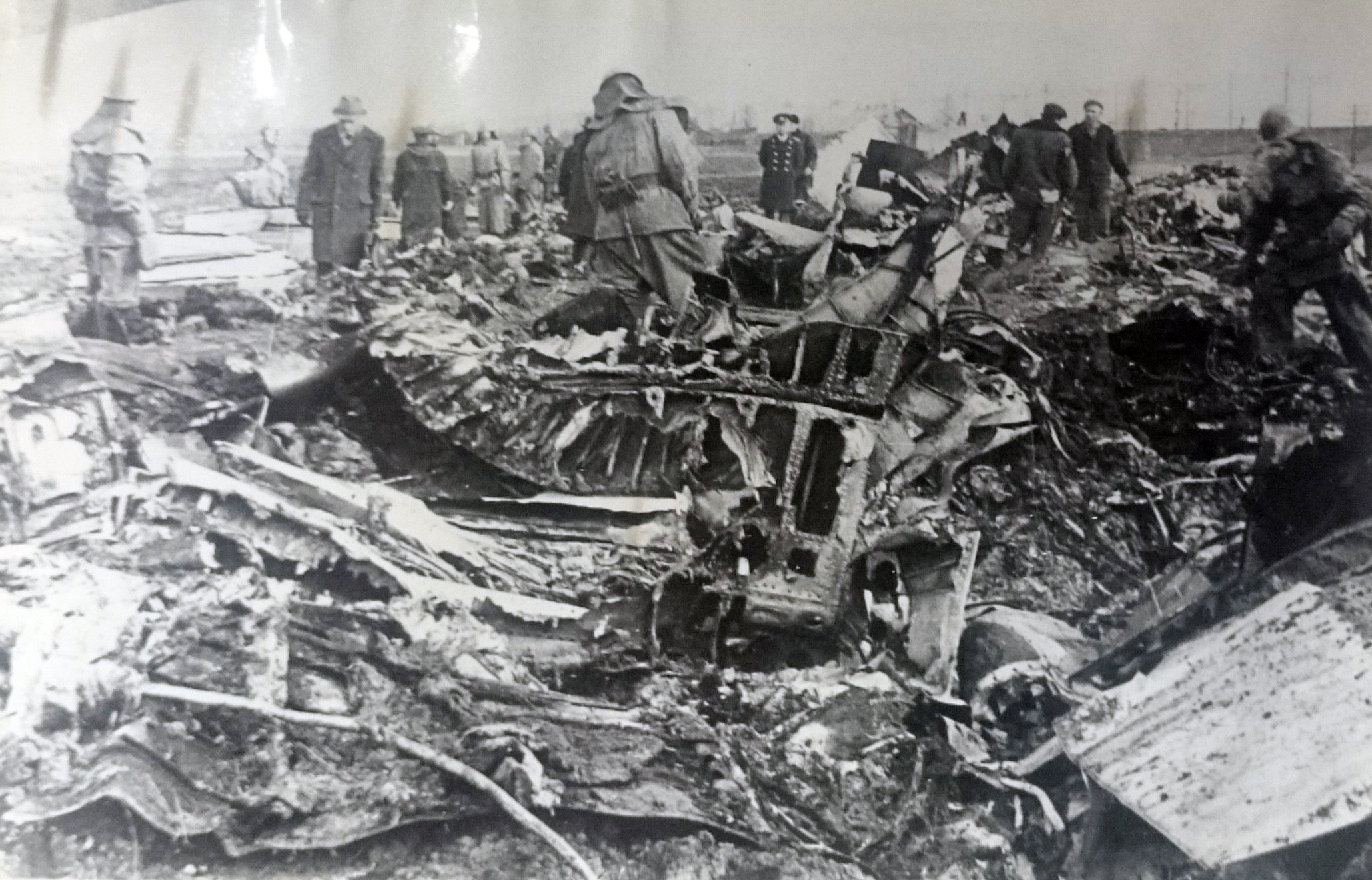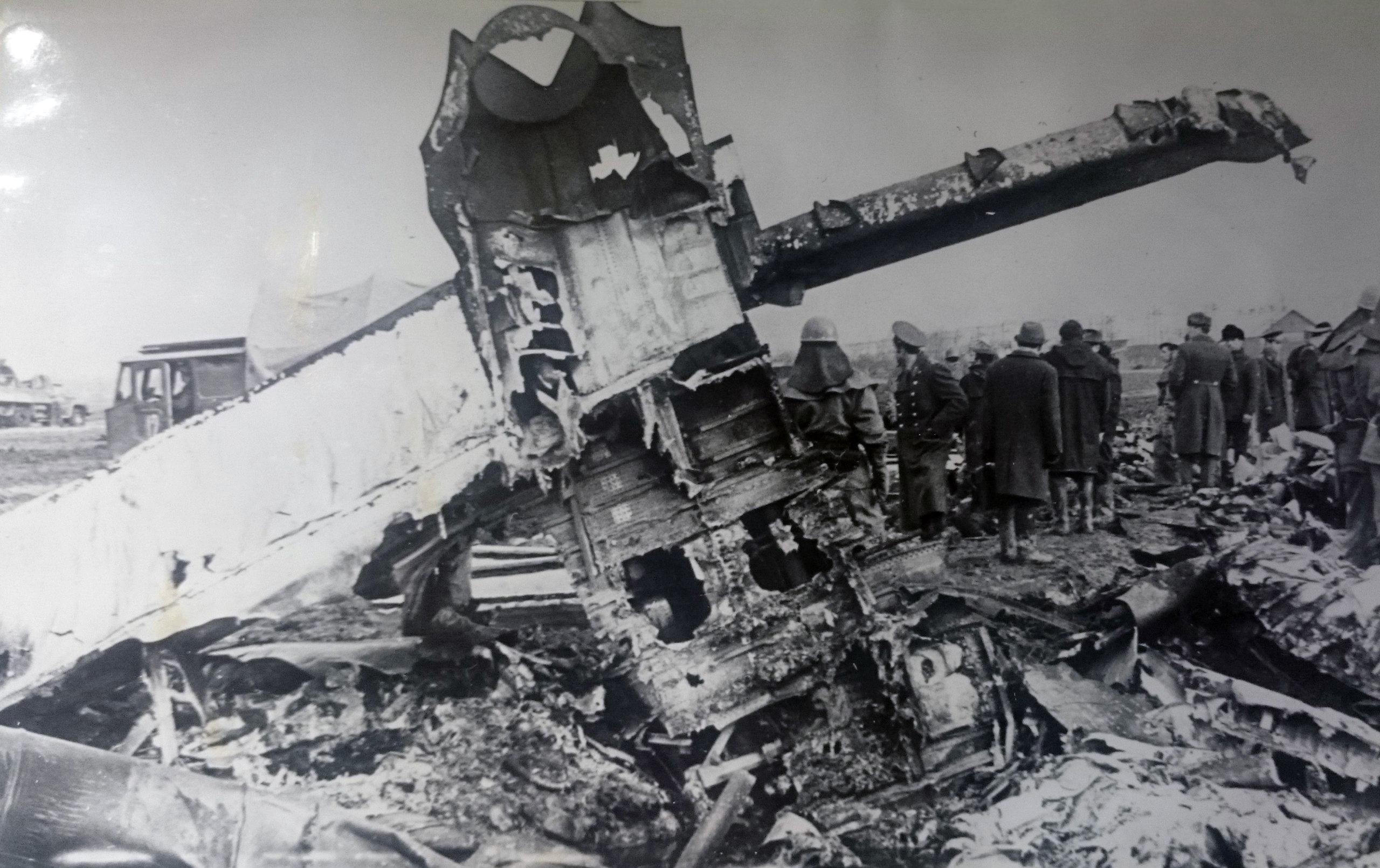Crash of an Antonov AN-2 in Kyzyl
Date & Time:
Jun 20, 1974
Registration:
CCCP-33162
MSN:
1 144 473 19
YOM:
1960
Crew on board:
0
Crew fatalities:
Pax on board:
0
Pax fatalities:
Other fatalities:
Total fatalities:
0
Circumstances:
Crashed near Kyzyl Airport following an engine failure.
Probable cause:
Engine failure.


